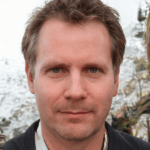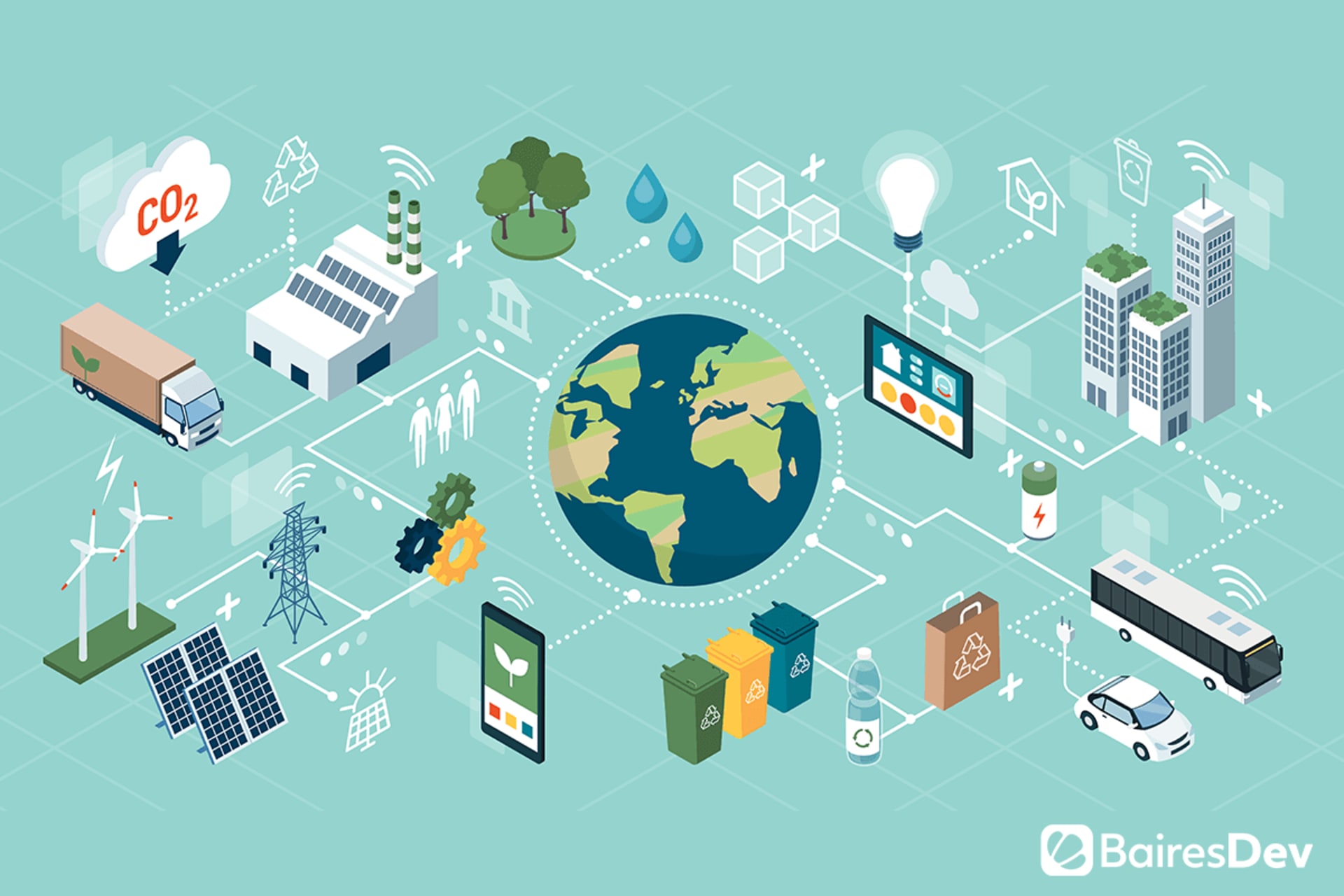For a couple of years now, augmented reality has appeared in end-of-the-year lists across multiple outlets as one of the trends to keep an eye on. But, up until this year, that interest felt like it was confined to early adopters and tech enthusiasts. It seems, though, that the tides are about to change and AR will finally fulfill its promise of disruptive innovation.
What’s more – recent reports expect the global augmented reality market to grow by 48.8% annually up until 2026 to reach a projected value of $231.34 billion. Such an impressive figure speaks by itself about the market confidence in AR, a big part of which is based on the proliferation of use cases across many industries.
Of course, there are industries that feel like natural fits for AR, including gaming, healthcare, retail, and education. But the best thing about augmented reality is that it isn’t restricted to those fields. In fact, with enough imagination, any sector can leverage such technology. Here are 5 innovative use cases to prove it.
AR Packaging
One of the sectors that’s going through a phase of massive AR adoption is the packaging industry. It’s easy to see why – the ability to add an extra digital layer to the physical packaging itself opens the door to a world of possibilities for companies to better market their products while also providing relevant and useful information to consumers.
That’s because consumers just need an app to scan the packaging to see a host of digital augmentations pop up from the products, including 3D augmentations, videos, hovering texts, audios, interactive digital elements, and even CTAs.
An interesting example of this comes from Jack Daniel’s AR Experience, an app that allows consumers to point their cameras at any Jack Daniel’s Tennessee Whiskey bottle to access three different animated parts. On one, the label is transformed into an animated miniature of the Jack Daniel distillery. The second shows customers how the Tennessee Whiskey is made through a step-by-step process while the third are stories of Jack Daniel the company’s founder.
Product and Experiential Marketing
Though we can trace back AR’s origins back to the late 60s, the truth is that this technology still feels like a new thing for the vast majority of people. With that in mind, it makes sense to turn to AR to achieve a wow factor for marketing campaigns, as audiences are more likely to be surprised by AR-driven efforts than by online ads, videos, or pretty much any other marketing medium you can think of.
That’s not all. According to research, AR can capture and maintain people’s attention for 85 seconds while increasing interaction rates by 20% and clickthrough rates to purchase by 33%. All that proves that AR is a fantastic ally for companies looking for an innovative way to market products, something they can do through two main marketing forms.
First, there’s AR-drive product marketing, which includes some of the most well-known examples of AR-powered marketing to the date. This includes apps like the ones developed by Home Depot or IKEA, that allows customers to check how furniture, objects, and paint colors would look like in their own homes by superimposing a digital layer on what the camera captures. Sephora and Zara did similar things with cosmetics and clothing, respectively.
Then there’s experiential marketing, which is probably more innovative at this point. Netflix provided a great example of this when they promoted season 2 of their hit series Stranger Things. By using Snapchat or Facebook, fans of the show could wander about one of the houses in the show and explore it while Demogorgons popped up from the walls. It’s a silly little thing but an immersive experience that can quickly capture the attention of all kinds of audiences.
Informative Material
There are two things that we’ve grown accustomed to when using products and services that could be easily replaced by vastly superior AR-based applications. On one hand, there are manuals and user guides that come with products of all kinds, from TVs to smart speakers. On the other, there are training materials to teach users how to use those materials. All of those could be easily swapped by AR apps for a far more satisfying and useful experience.
Imagine it. Your car breaks down and you have no clue what it might be causing the problem. Through an AR-driven app, you could point your smartphone towards your car’s engine and, through a series of interactive questions, learn what’s the issue – and maybe find a potential fix. Sounds like a sci-fi thing? It isn’t – Hyundai already offers such a mobile AR experience.
Through AR apps, user guides could be a thing of the past, mainly because it’d only take for you to install an app, point it to a specific part of your new product (a button, a screen, a symbol), and learn what it’s all about. This is easier to engage with, it’s always available on your phone or AR device, and could even be updated with suggested fixes for common problems.
Utility-related Data Visualization
Imagine having to spot how your plumbing runs along a wall or finding how your electrical wiring is set up inside your walls and ceiling before fixing a problem or making an improvement. Usually, you’d have to go to your house’s plans to check your installations and then measure or estimate how those plans translate into the real thing. With AR, that’s no longer needed.
You can use an AR-powered app to input some of the data in your plans and later visualize the installations just by pointing the camera. Having the ability to see what’s behind or below a surface can better help you prepare and plan any improvements, changes, or fixes you might need to do.
What’s more – an AR app can insert additional information that could be of relevance to you, such as how old those installations are or observations about specific fixes you’ve applied in the past.
Real Estate
Finally, the real estate industry is also starting to take advantage of AR, which feels natural for this sector. That’s because augmented reality can bring several benefits to realtors, especially when showing properties to potential buyers or renters that don’t have much time or possibilities to go to multiple locations and see the properties by themselves.
Through AR, real estate agents can show homes by simply pointing a smartphone camera in the direction of a blueprint. Thus, clients can navigate through the home, see how it’d look like, better visualize the layout, and even check the spatial disposition of available furniture. One step further from this could be embedding AR models of properties in a map that offers notifications whenever a client looking for a specific property passes near an available home or apartment.
All of those things can provide an immersive experience for clients to better visualize homes without actually having to go to multiple locations, saving time for both them and their real estate agents. In that way, the whole house hunting process could be more efficient, as the interested parties would only have to visit the homes that really caught their attention in the AR app.
Meaning, AR can really benefit real estate software development.
AR is Just Starting
Augmented reality has been included in countless articles about trends you should be paying attention to and for a reason – it’s about to blow up. The innovative cases listed here are but small examples of what AR can bring to the table, regardless of the industry. In fact, we’d argue that AR can be applied in any industry to improve processes, generate new clients, and redefine entire businesses.
It only takes some creativity to adapt the technology to your industry’s specific needs and the help of a reputable AR development provider and you’ll be on your way to revolutionizing your business with AR.







